São Tomé and Príncipe
Native forests, agroforests, mangroves, savannas, coastal woodlands and croplands
São Tomé and Príncipe is home to some of the world’s most unique biodiversity. But its ecosystems are under pressure.
The program aims to restore crucial ecosystems such as forests, mangroves, wetlands, peatlands and grasslands across 20 countries.

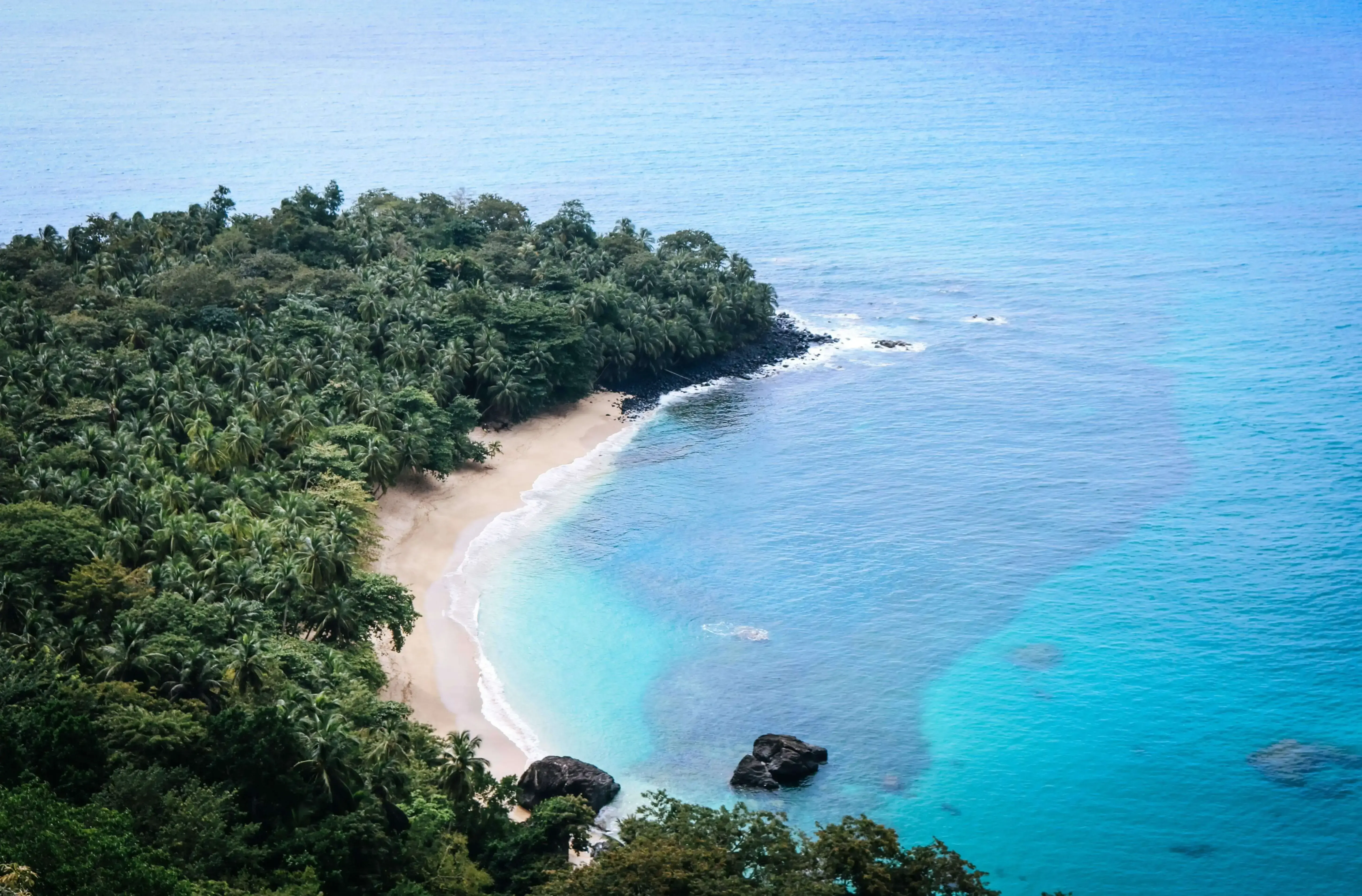
São Tomé and Príncipe is home to some of the world’s most unique biodiversity. But its ecosystems are under pressure.

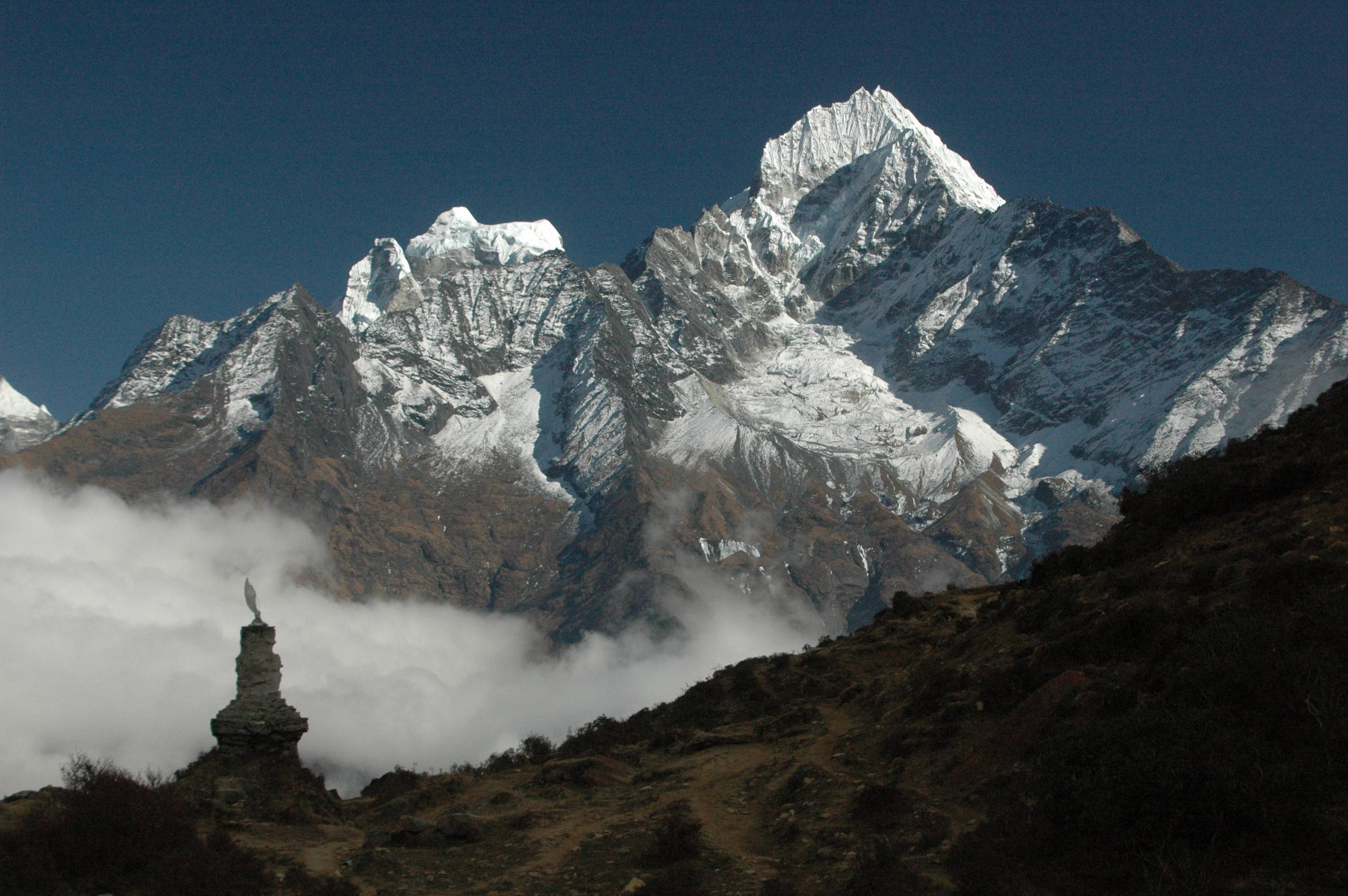
Nepal’s middle mountain ecosystems, vital for biodiversity, water regulation, and local livelihoods, have been degraded by deforestation, poor land management, and climate change. Through targeted restoration efforts, the project aims to reverse this trend and recover the biodiversity and ecosystem services these landscapes provide.

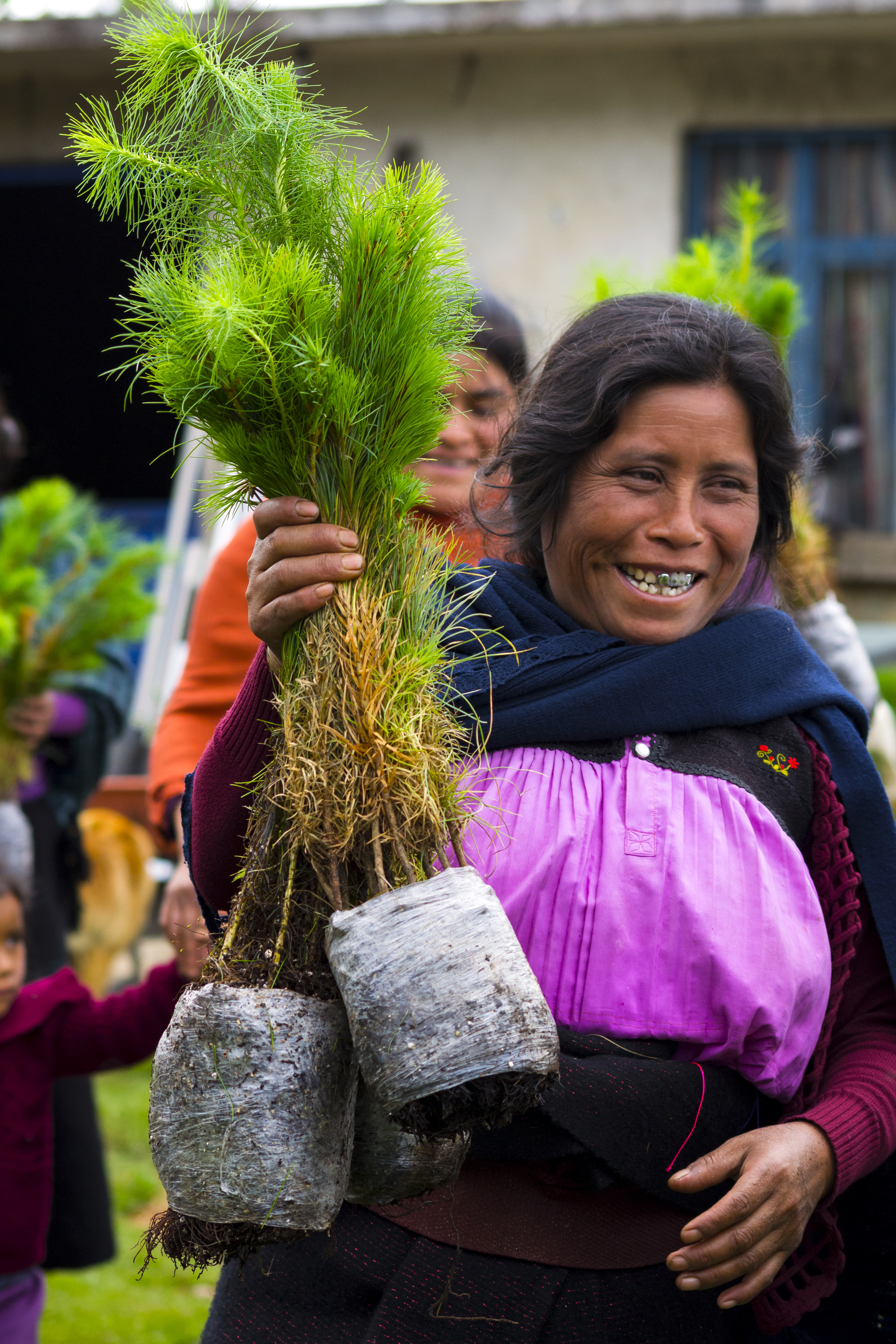
Mexico is focusing its restoration efforts on watersheds, which are essential for water regulation, biodiversity conservation, and local livelihoods.

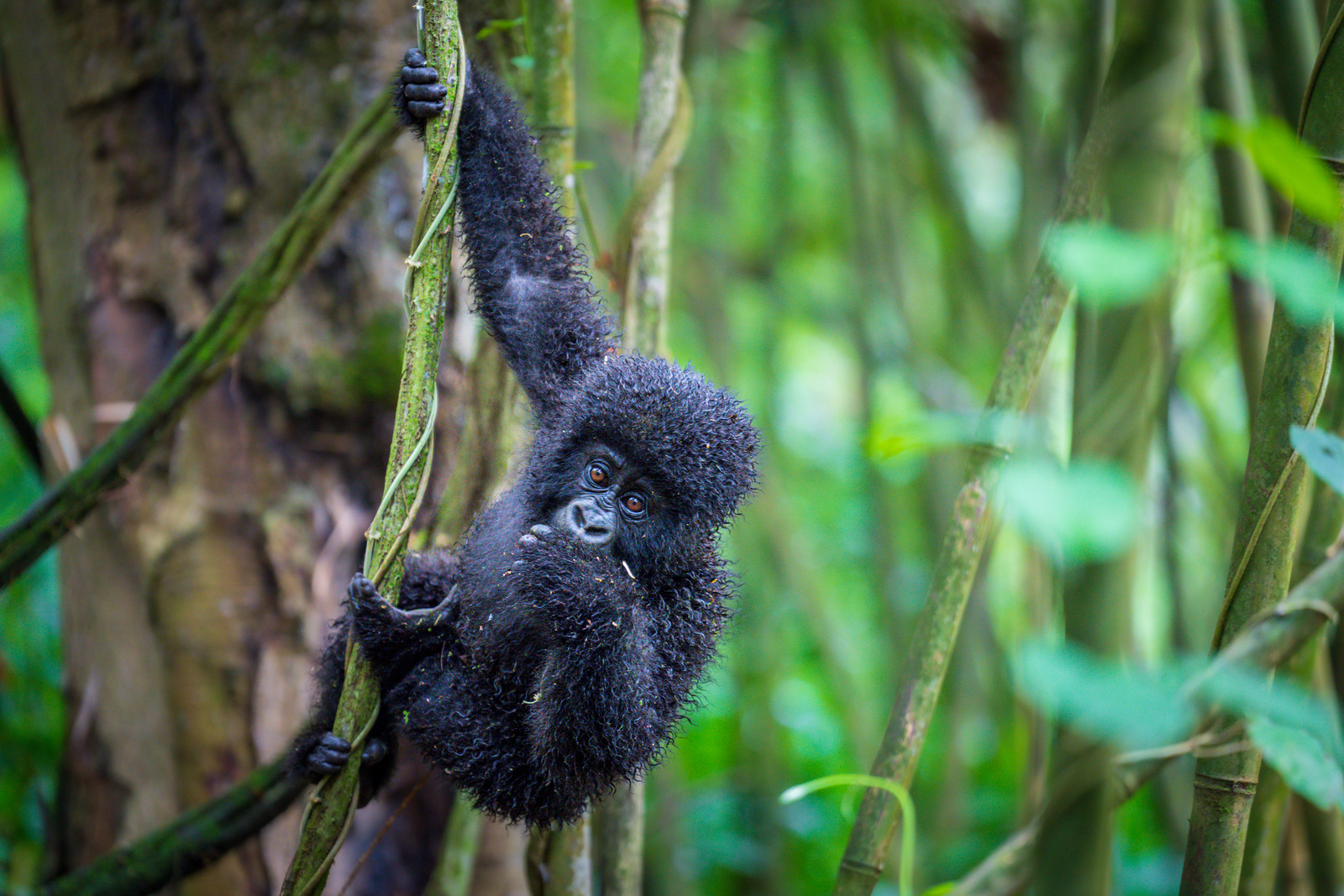
Rwanda is targeting priority forests and degraded wetlands within the Nyungwe–Ruhango Corridor for restoration. These ecosystems are essential for biodiversity, water regulation, and sustainable livelihoods.

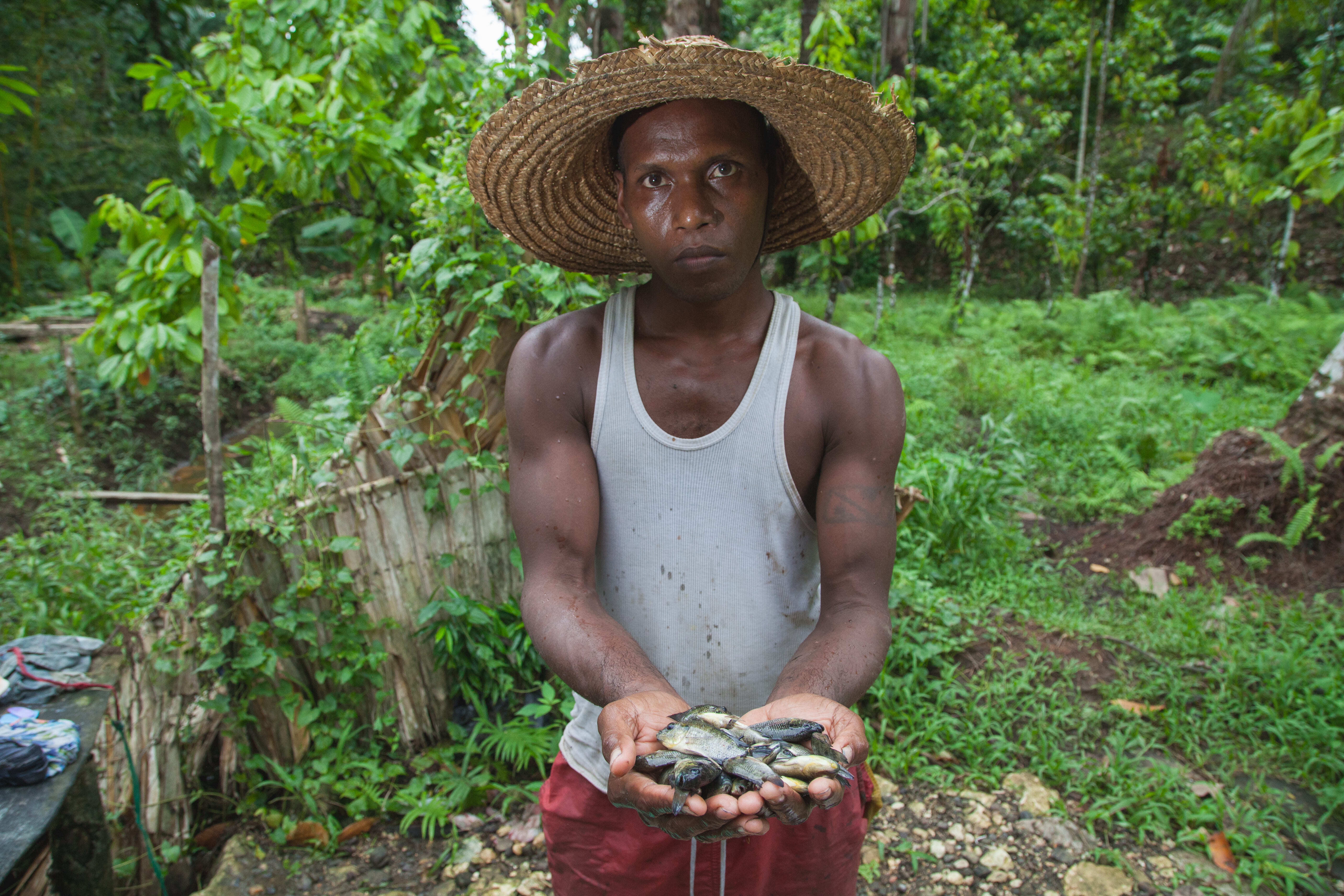
Forest reserves in Mozambique are the focus of restoration efforts, as they serve critical roles in biodiversity conservation, carbon storage, and local livelihoods.

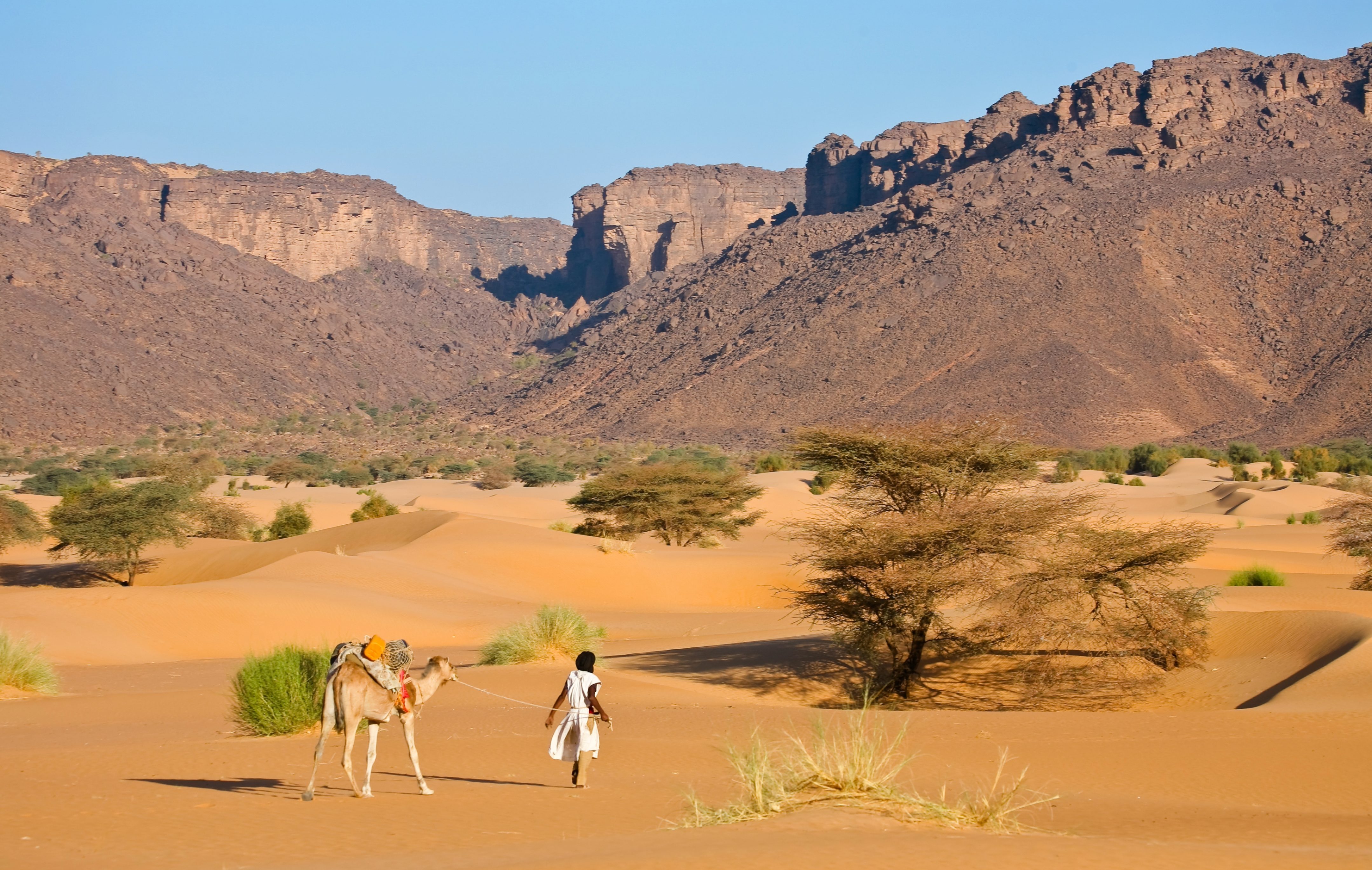
Mauritania is focusing its restoration efforts on wetlands, which are essential for biodiversity, water regulation, and local livelihoods. These ecosystems are under pressure from overuse, desertification, and climate change.

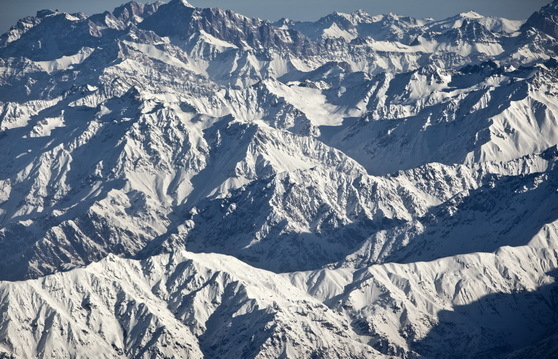
Uzbekistan is focusing its restoration efforts on forests, rangelands, and protected areas that are essential for biodiversity, carbon storage, and local livelihoods. These ecosystems have been degraded by poor land management and climate change, resulting in the loss of biodiversity and essential ecosystem services.

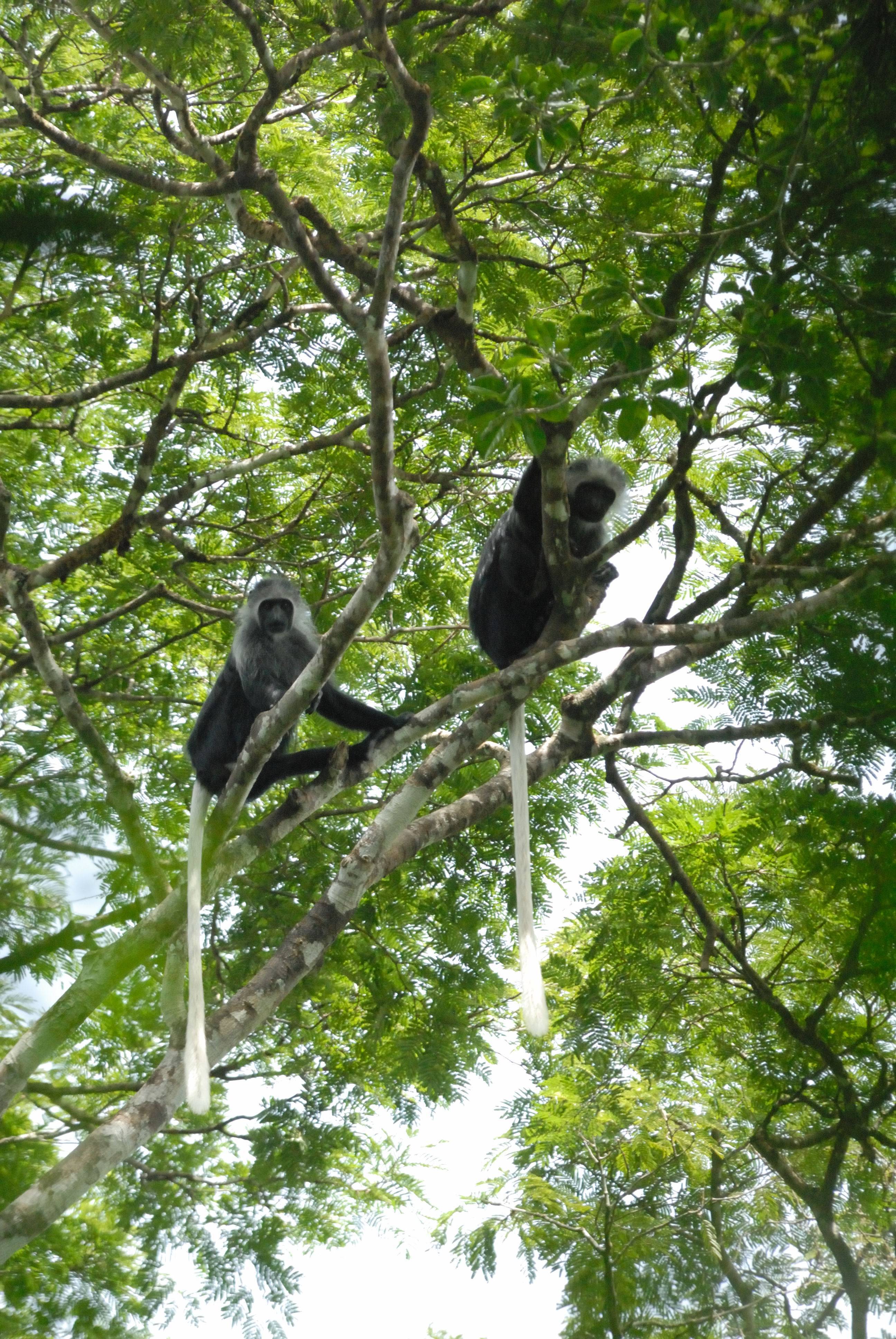
Sierra Leone is focusing on restoring degraded forests and land systems that play a central role in biodiversity, carbon storage, and local livelihoods. These ecosystems have been impacted by deforestation, unsustainable land use, and climate change, resulting in reduced biodiversity and weakened ecosystem services.

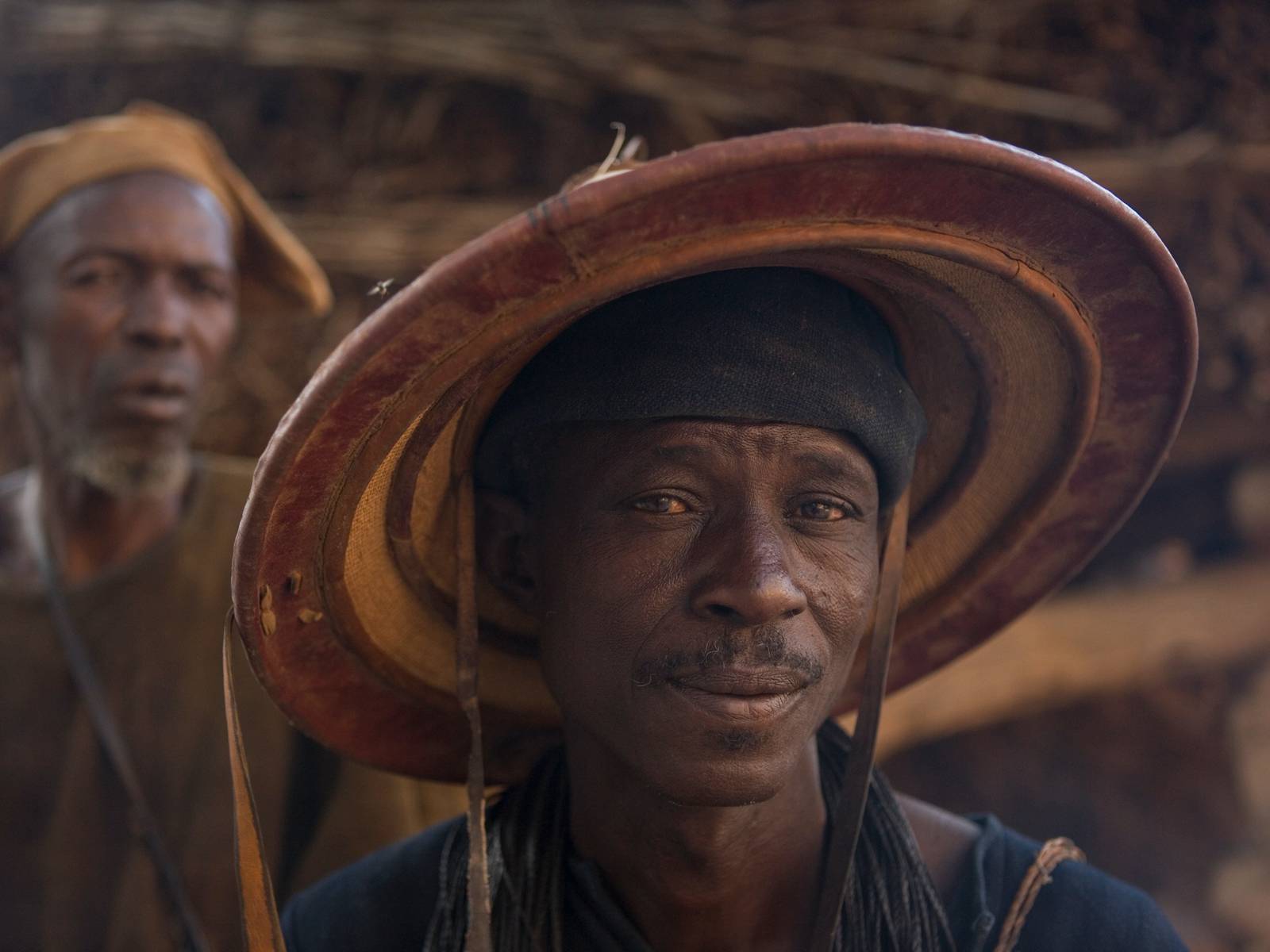
In Mali, restoration efforts are 20 communes across Nara, Nioro du Sahel, Ségou, and Mopti regions. These ecosystems are under pressure from overexploitation, climate change, and population growth, leading to environmental degradation, biodiversity loss, and declining soil fertility.

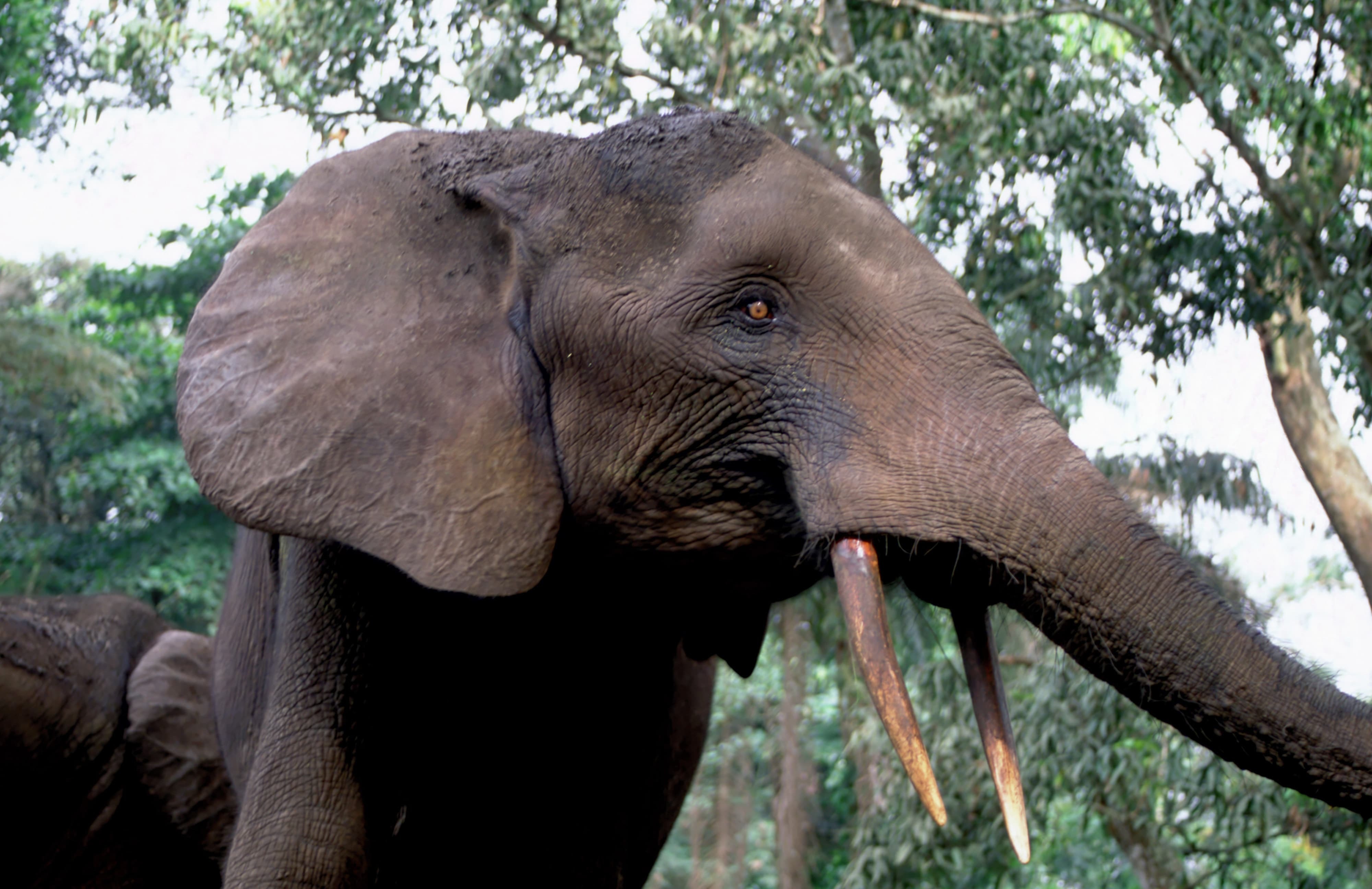
In Côte d'Ivoire, restoration efforts are focusing on savannah ecosystems in the central and northern regions. These landscapes support biodiversity, regulate climate, and provide essential ecosystem services to local communities.

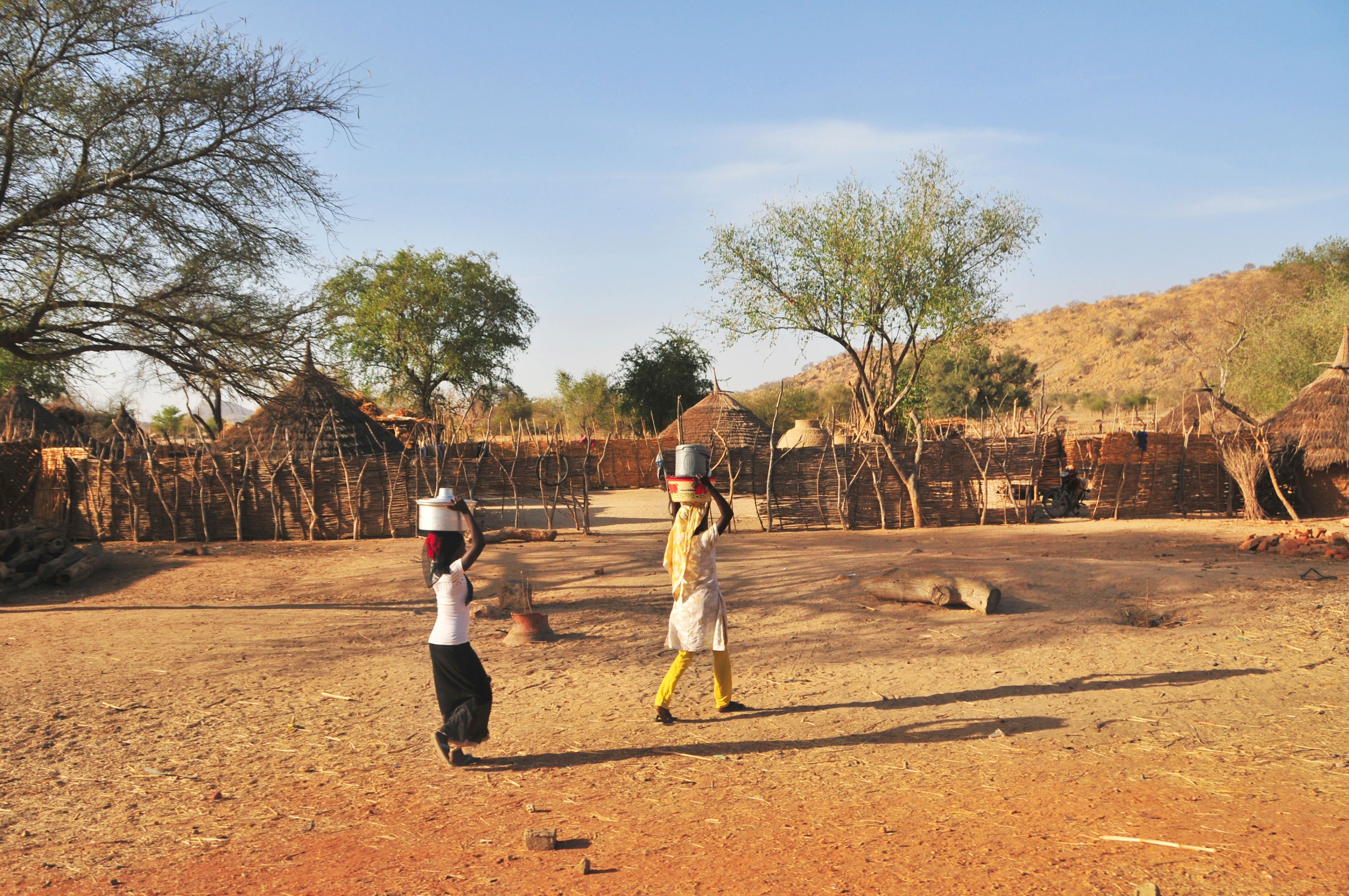
In Chad’s Mayo-Kebbi Ouest region, restoration efforts are focusing on forests and agro-sylvopastoral systems. These ecosystems support biodiversity, regulate climate, and provide essential services to local communities.

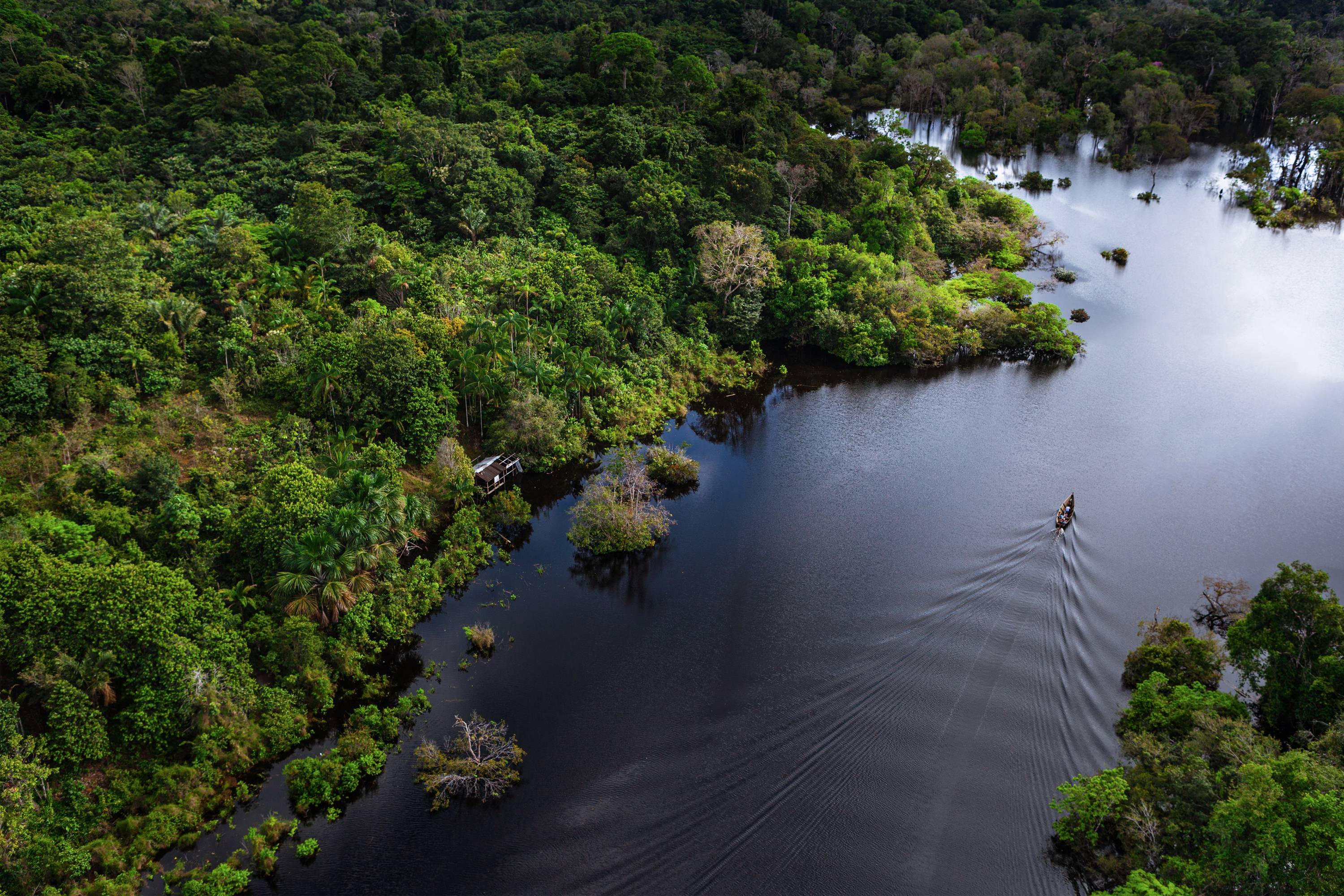
In Brazil, restoration efforts are targeting terrestrial ecosystems to generate environmental, social, and economic benefits at scale. These efforts contribute to climate mitigation and adaptation, support vulnerable populations, and align with biodiversity conservation and sustainable development goals.

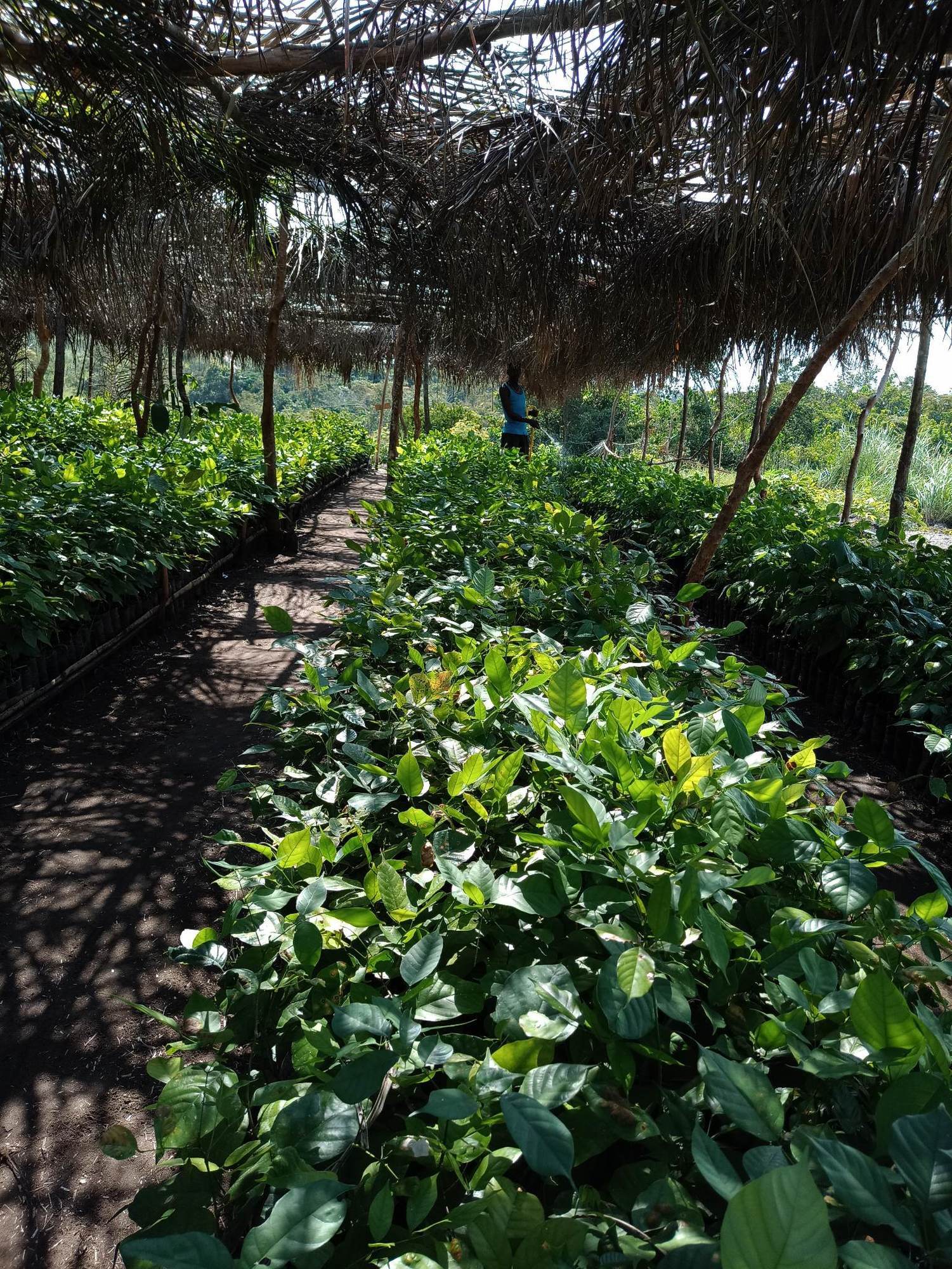
In the Democratic Republic of Congo, efforts are underway to restore key ecosystems across Haut Katanga, Kwango, and Lualaba provinces. The focus is on the Miombo woodlands, which play a central role in supporting local communities through climate regulation and essential ecosystem services.


Cambodia is focusing restoration efforts on the Tonle Sap Basin. These ecosystems support water regulation and provide essential services to surrounding communities. The project will restore these areas and expand tree cover through community-led agroforestry.

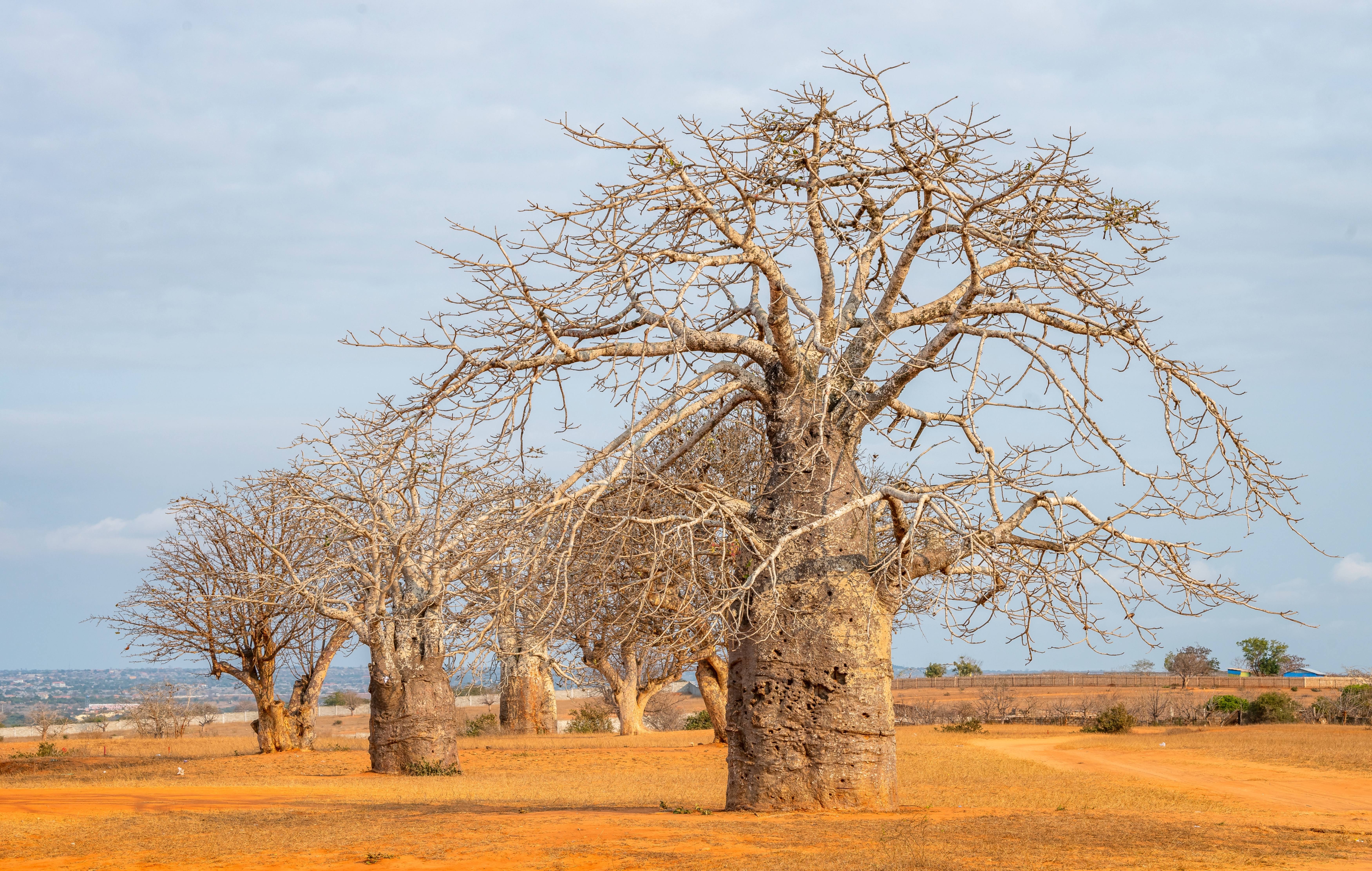
Angola’s ecosystems are essential for biodiversity and community well-being. These landscapes support water regulation, carbon storage, and the headwaters of major rivers such as the Okavango, Zambezi, and Cuanza, which are vital to the livelihoods of millions across the region.

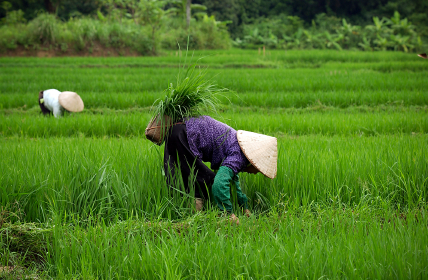
In Vietnam’s Red River Basin, efforts are underway to restore degraded terrestrial protected areas and surrounding landscapes. These ecosystems play a key role in conserving biodiversity, regulating water resources, and supporting local livelihoods.

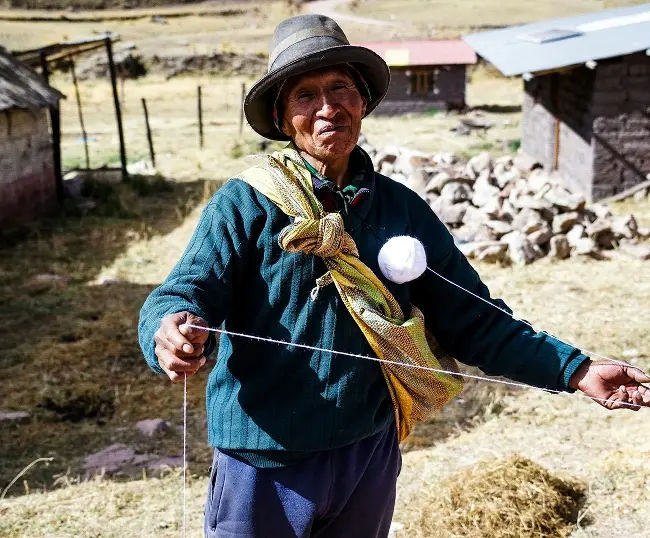
Peru’s high Andean ecosystems are facing increasing pressure. These landscapes are essential for biodiversity, water provision, and carbon storage, but have been degraded by poor land management and the impacts of climate change.

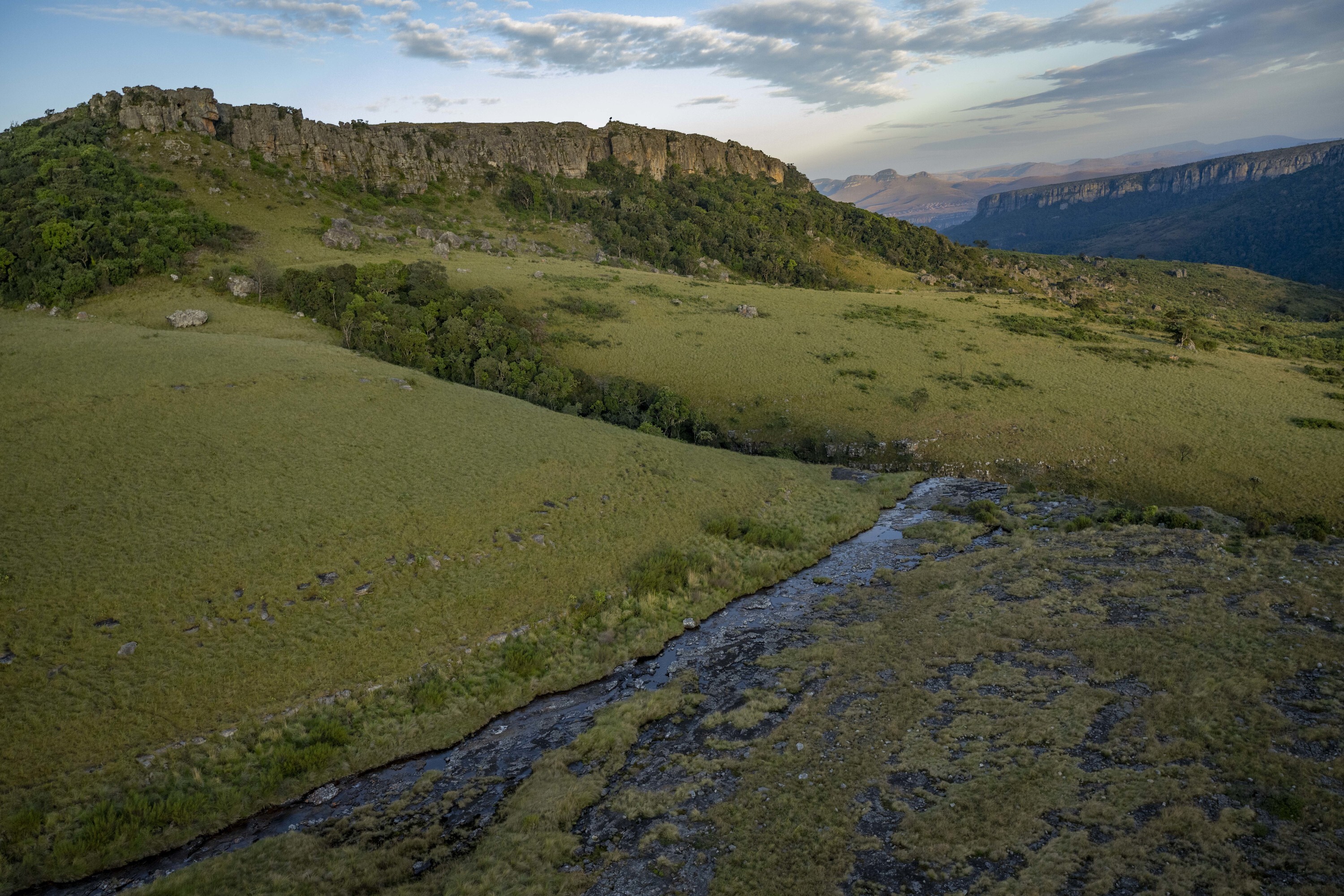
South Africa’s peatlands are under pressure. These ecosystems play a key role in carbon storage and water regulation, while also supporting biodiversity and providing essential services to surrounding communities. They are currently facing serious threats, including degradation and increasing water-related conflicts.

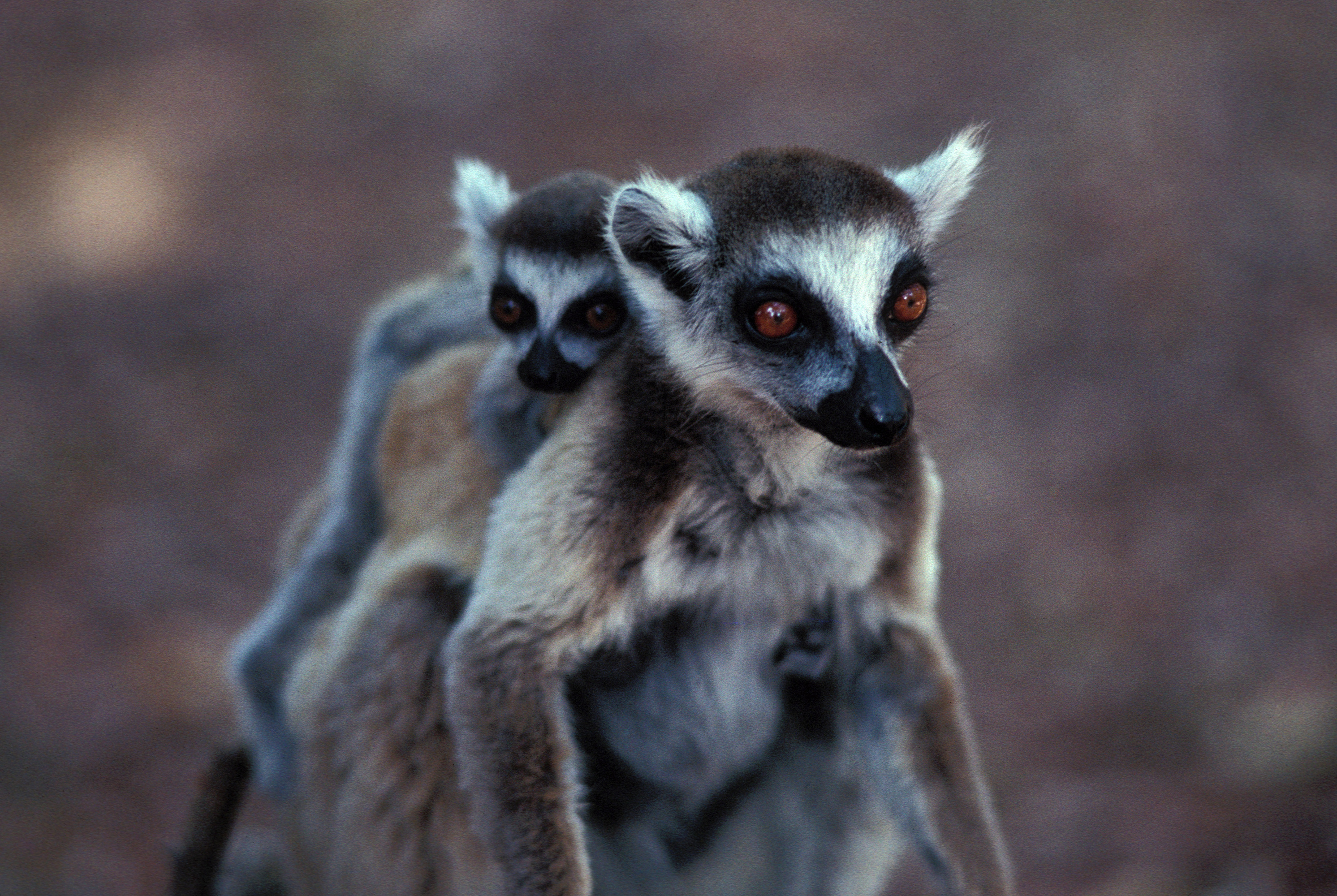
Madagascar’s restoration efforts are centered on some of the island’s most vital and vulnerable ecosystems. These landscapes are not only essential for local livelihoods but also globally significant for their high levels of plants, mammals, birds, and amphibian endemism.

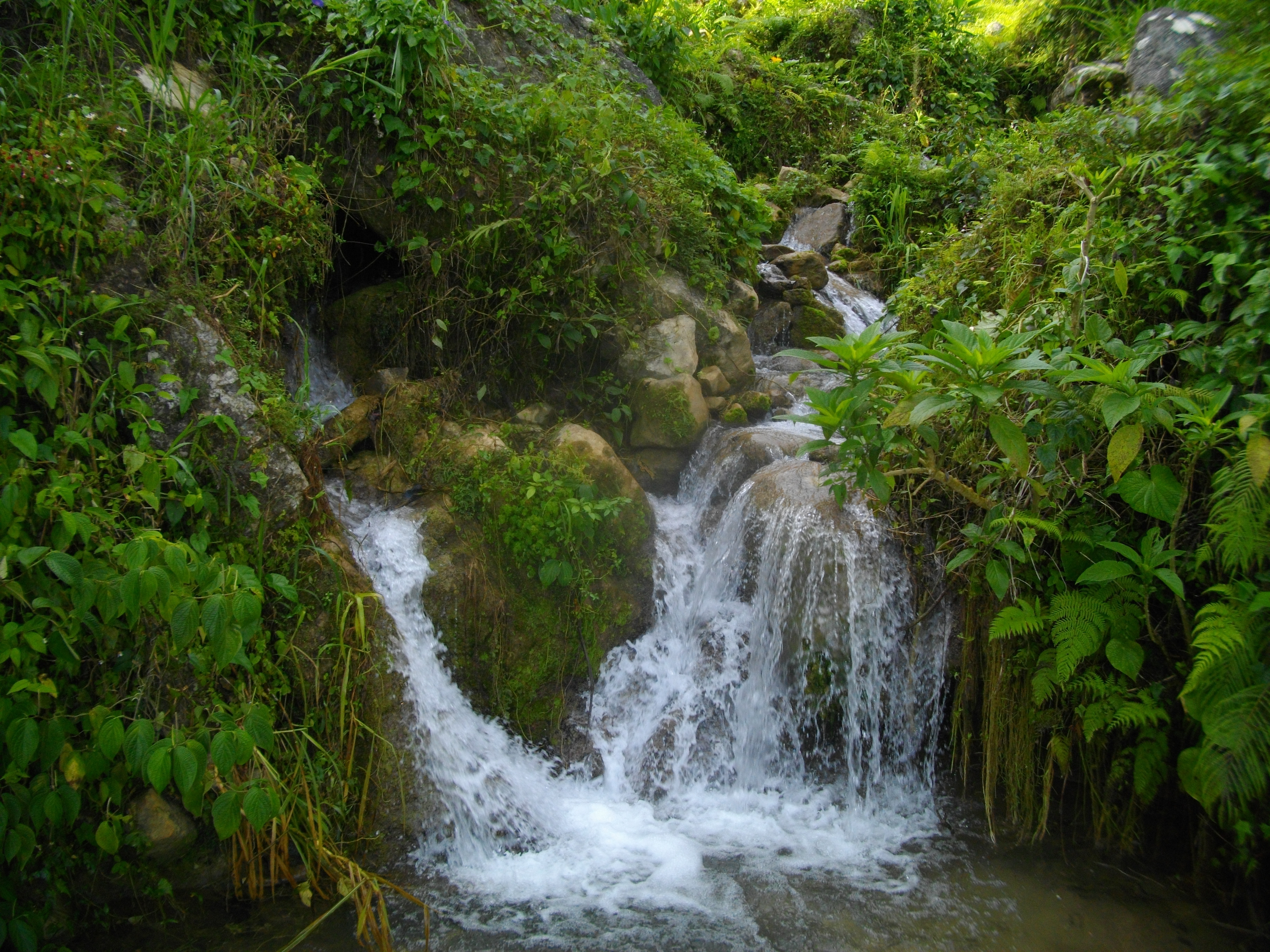
Haiti’s restoration ambition focuses on enabling large-scale ecosystem recovery through the piloting and implementation of Payments for Environmental Services (PES) schemes.

Hectares Under Restoration

Hectares of Terrestrial Protected Areas (PAs) Under Improved Management

Hectares under Improved Practices

Metric Tons of Greenhouse Gases Emissions Mitigated

People Benefiting from GEF Investments

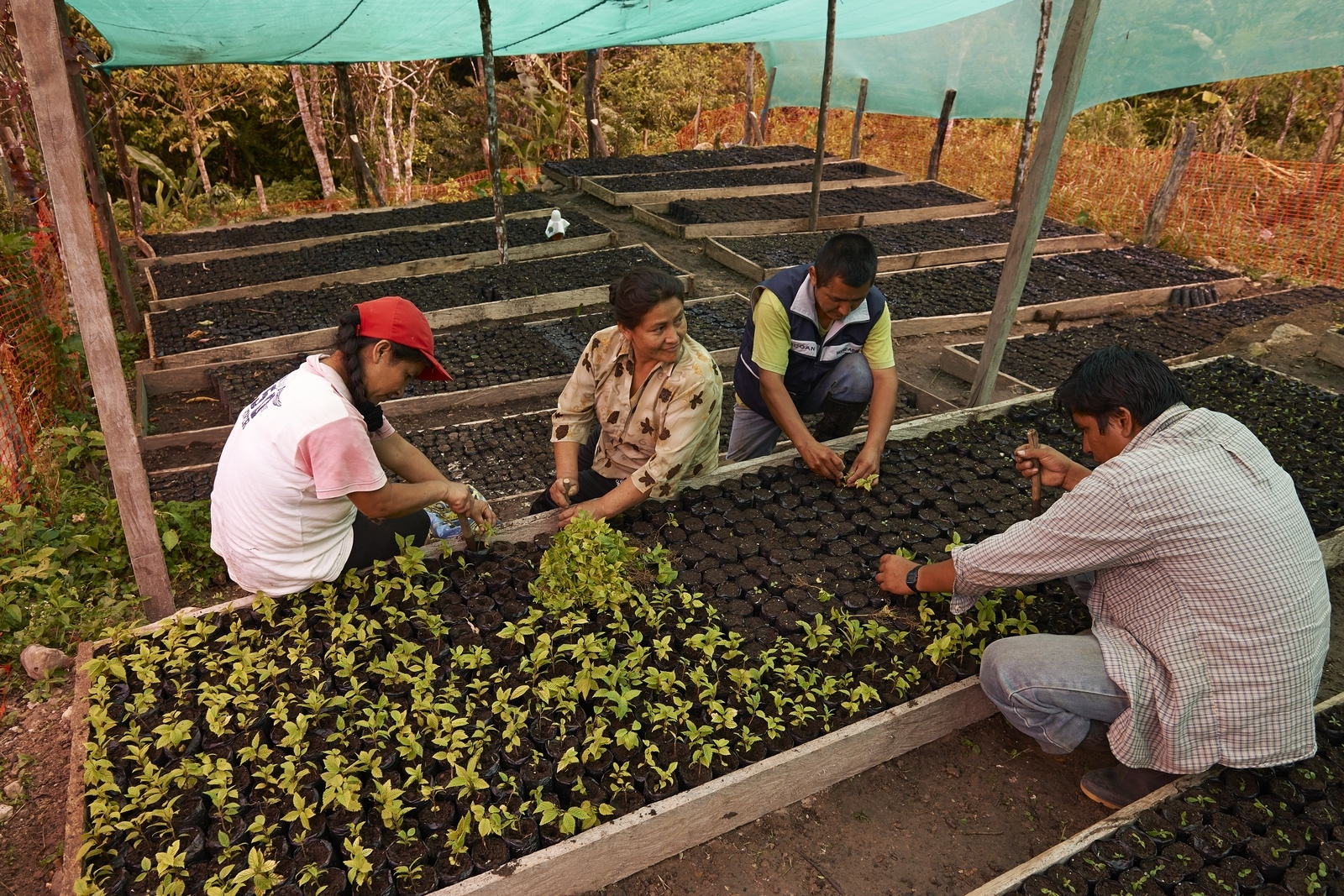
The Ecosystem Restoration Integrated Program aims to generate multiple lasting environmental and socioeconomic benefits by implementing integrated and innovative strategies to restore degraded ecosystems, including:

The program creates enabling conditions needed to expand restoration efforts including smart policies, financial incentives and inclusive planning that convenes and supports all stakeholders.

The program unites traditional knowledge and practices, working closely with Indigenous Peoples and local communities.

The program unlocks sustainable funding mechanisms to support restoration at a large scale.
Photo credit: © Thomas Muller

